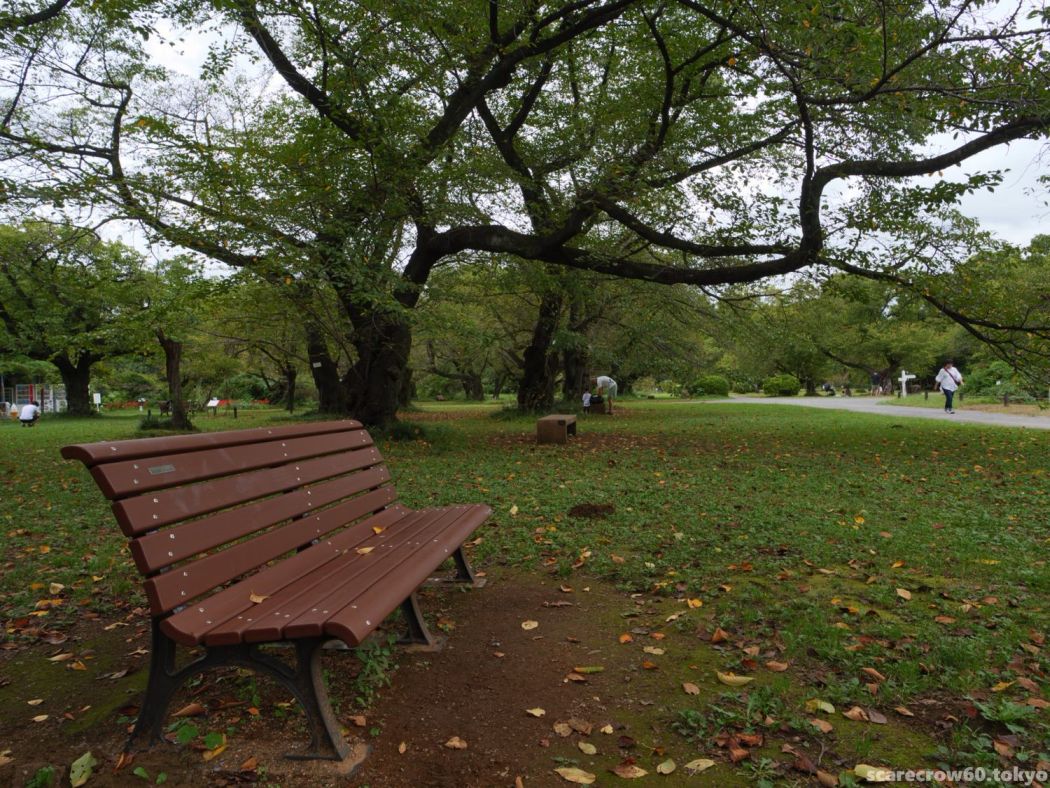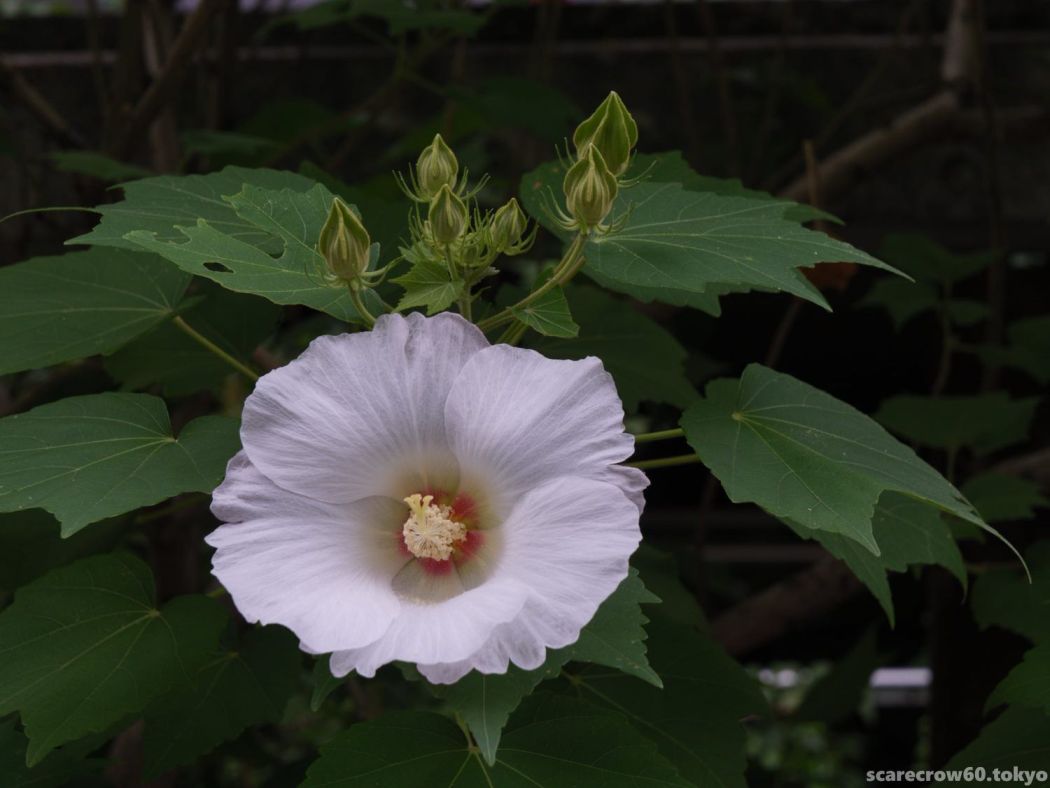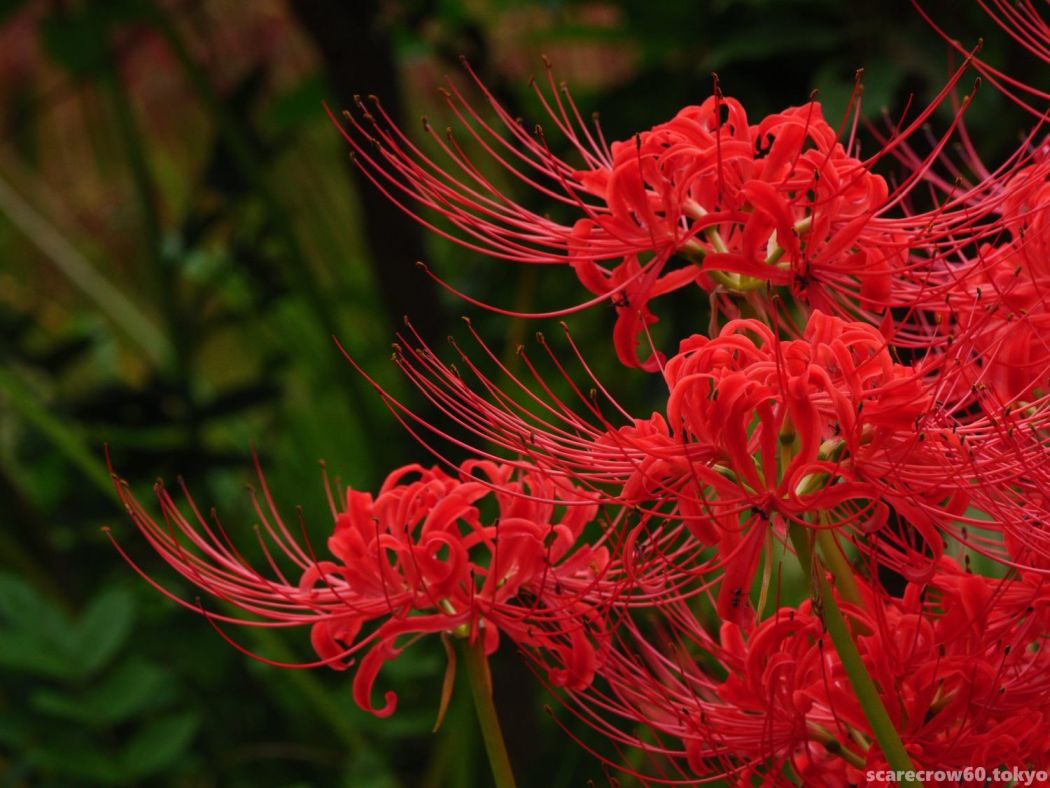After stopping at Hakusan Shrine, we set out for the Koishikawa Botanical Garden.
After a few minutes’ walk, I thought I saw the botanical garden wall, but it was quite a long walk from there (laughs).
After a large detour, we finally arrive in front of the main gate.
Koishikawa Botanical Garden is a common name, and its official name is the Botanical Garden affiliated with the Graduate School of Science of the University of Tokyo.
A large sign by the admission ticket booth reads “This is not a park”. Even though the garden is open to the public in this way, it is not a garden for recreation, where you can plant trees and enjoy beautiful flowers every season, but rather a facility for research by the Faculty of Science.
I don’t think it has much to do with him (or her?).
Well, so for a while from the main gate, it is like walking on the campus of the Tokyo University. Soon after, I saw a building that looked like it had a long history, and I wondered if this might be…
The “main building” of the Botanical Garden, as you might expect, is that building that was the site of the ceremony where the main character received his degree (Doctor of Science) in the NHK drama “Ranman”. Unfortunately, it appeared that visitors were not allowed to enter or tour the building.
And as for the Botanical Garden, which is the most important part of the park, the scenery is laid-back and relaxing, like this.
I didn’t notice it this September, complaining about how hot it was, but the seasons are steadily turning on nature’s side, and the broadleaf trees in the park are falling off their leaves.
The leaves of the cherry trees have also turned to autumnal colors without our knowledge.
The Koishikawa Botanical Garden has a “park-like” atmosphere enough for families and couples relaxing here, but the true essence of the garden as a research facility lies not in this tranquil view, but in this one.
This is not a flower bed, but a “specimen garden”. It’s a park where all kinds of plants are ecologically preserved for research purposes, probably.
Sadly, among the many specimen plant name tags lined up, there are few names I know. I am a sad middle-aged man who does not even know the names of the flowers, and this park is too difficult for me.
There was a sign explaining that the specimens in the park would be replanted soon because the classification system of the specimens would be reviewed.
I understand the concluding part about replanting, but of course the academic part about how to review it is a chump.
The specimen garden is a place where you can see the flowers of many species of plants, but aside from what the university and researchers have in mind, there are some plants that bloom beautifully when the season arrives, and if you just cut out the sight, you can take pictures of them. On this day, Ominaeshi flower was blooming prettily.
The Koishikawa Botanical Garden is a relaxing but not very entertaining place to visit, but for some reason, there is a small portion of the vegetation that has clearly been prepared for “ornamental” purposes, and it is quite spectacular. I will introduce them in the next issue.



